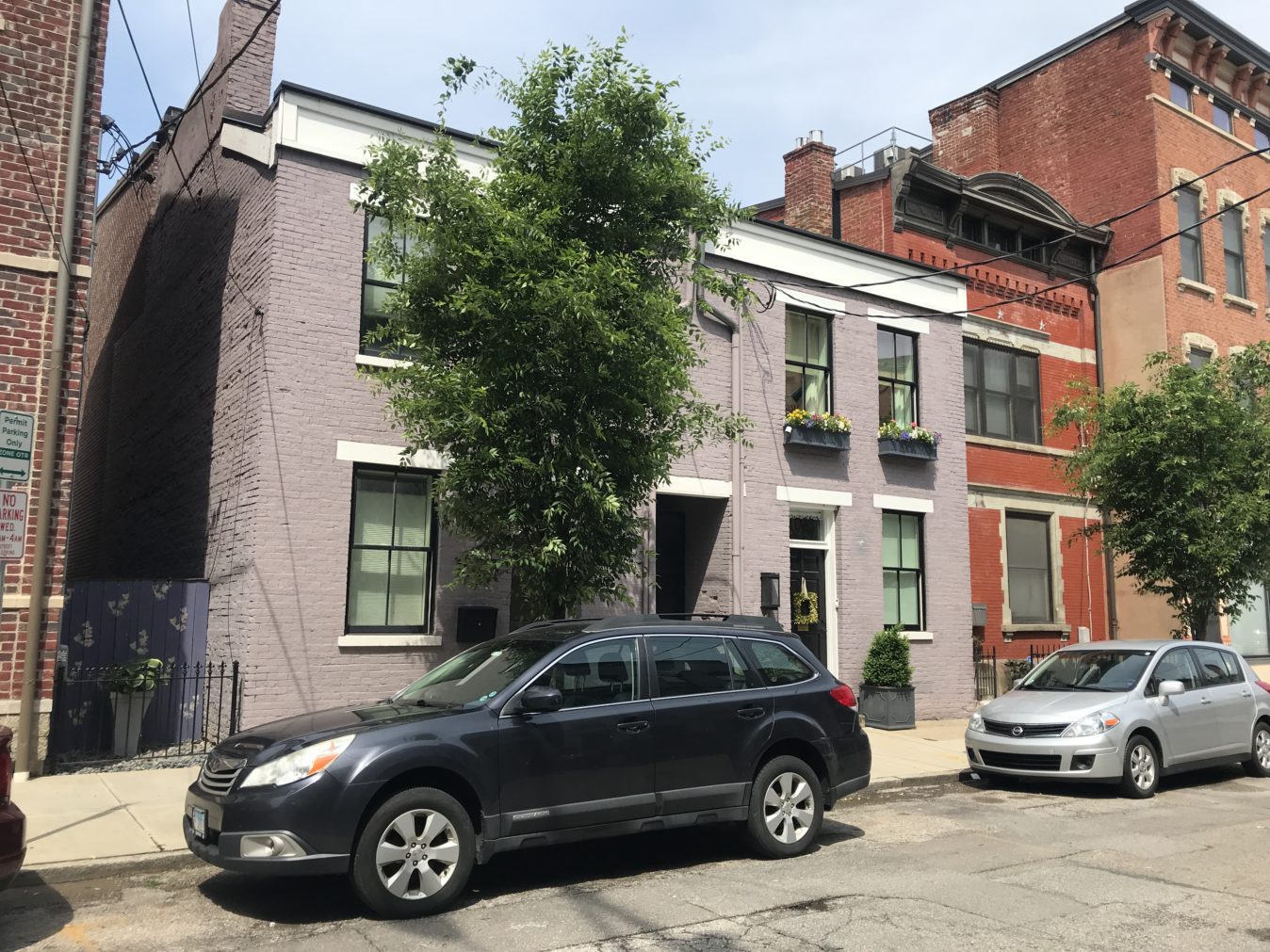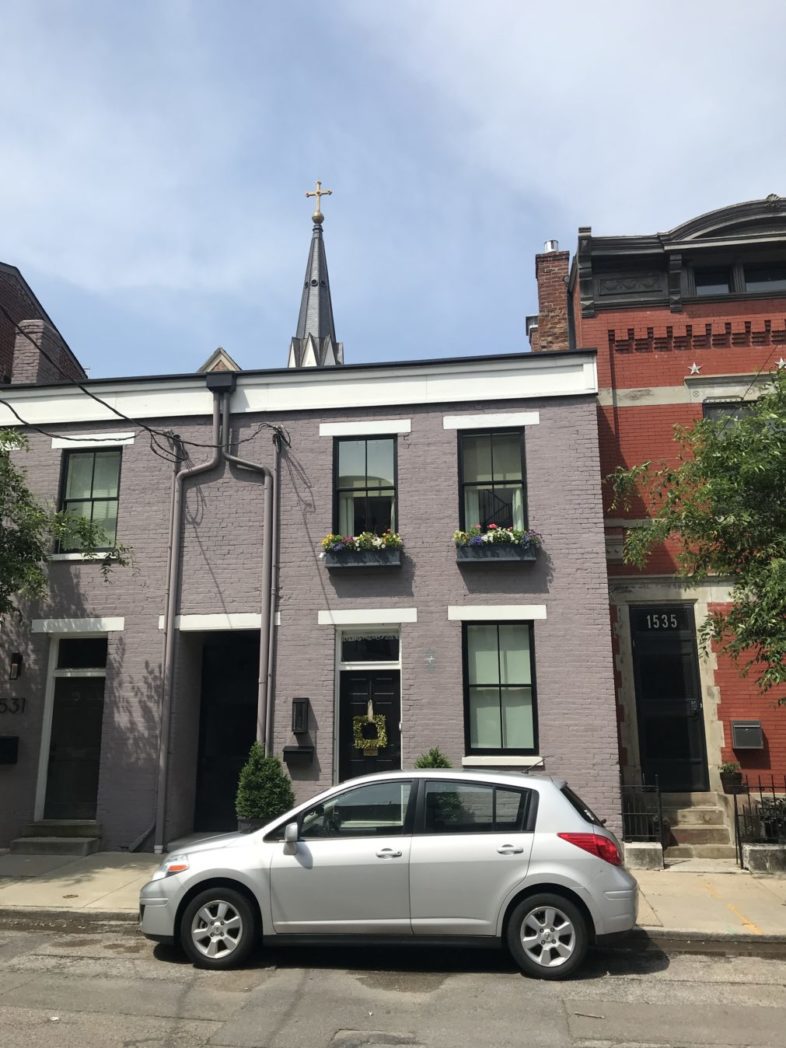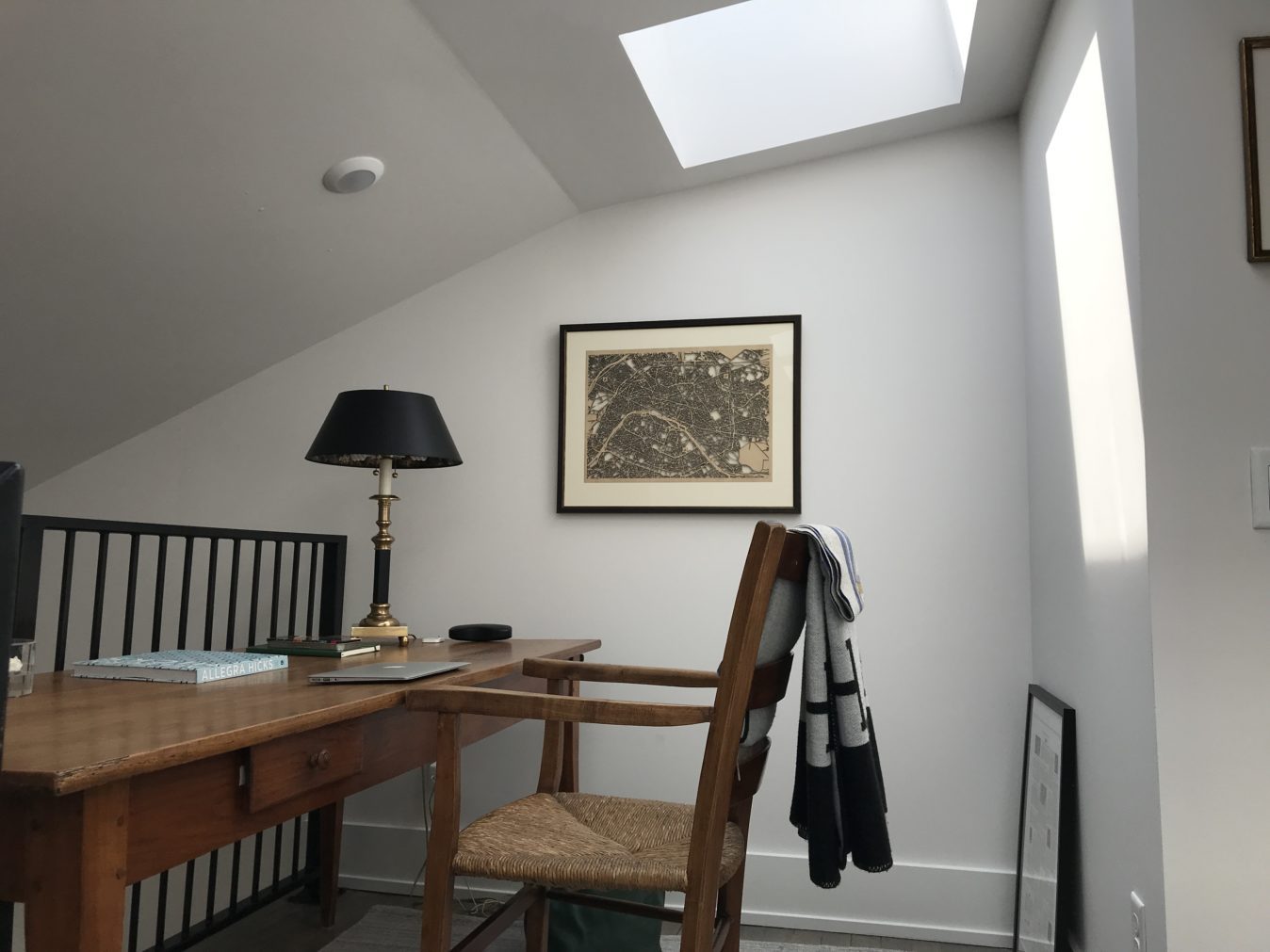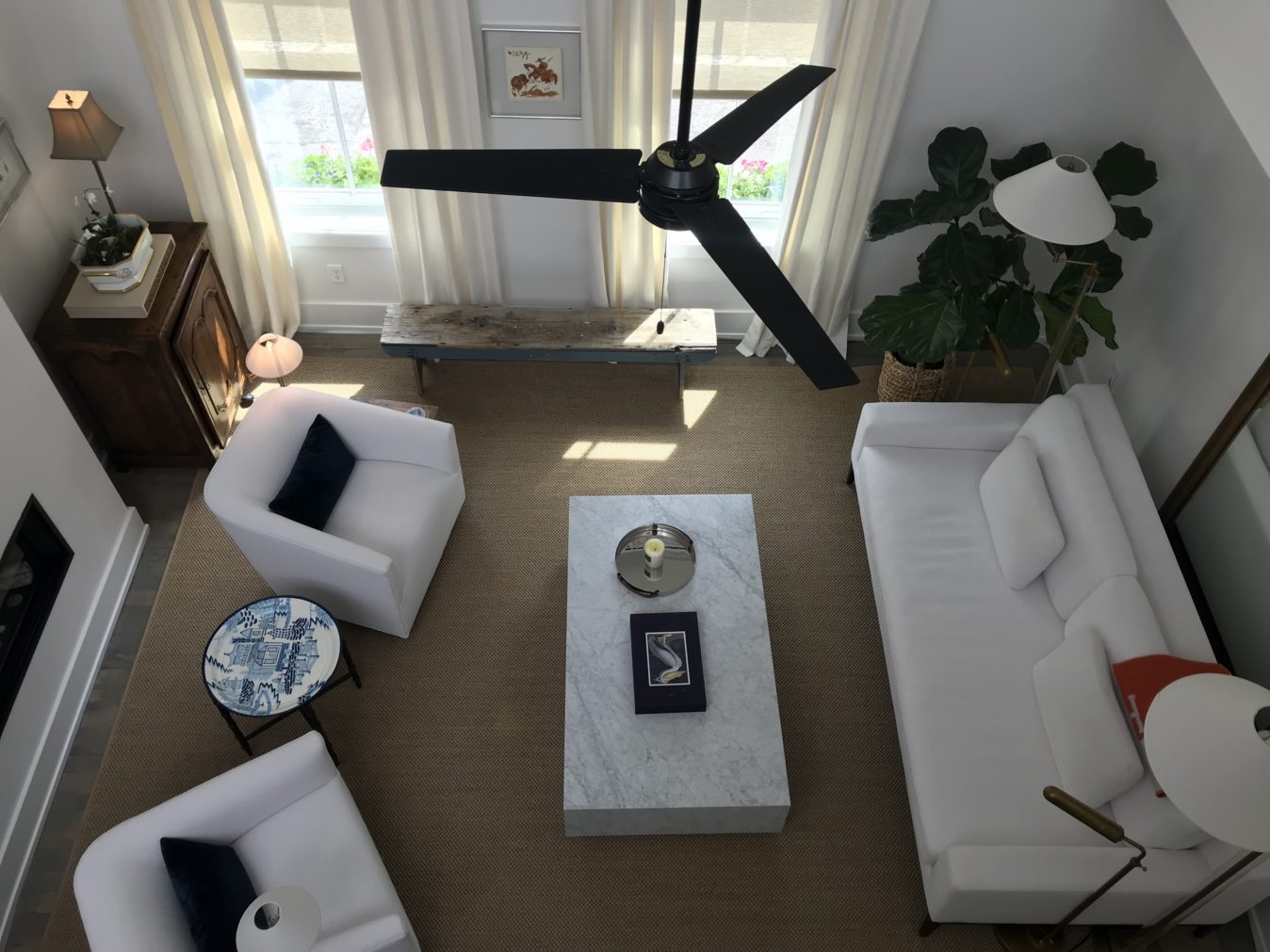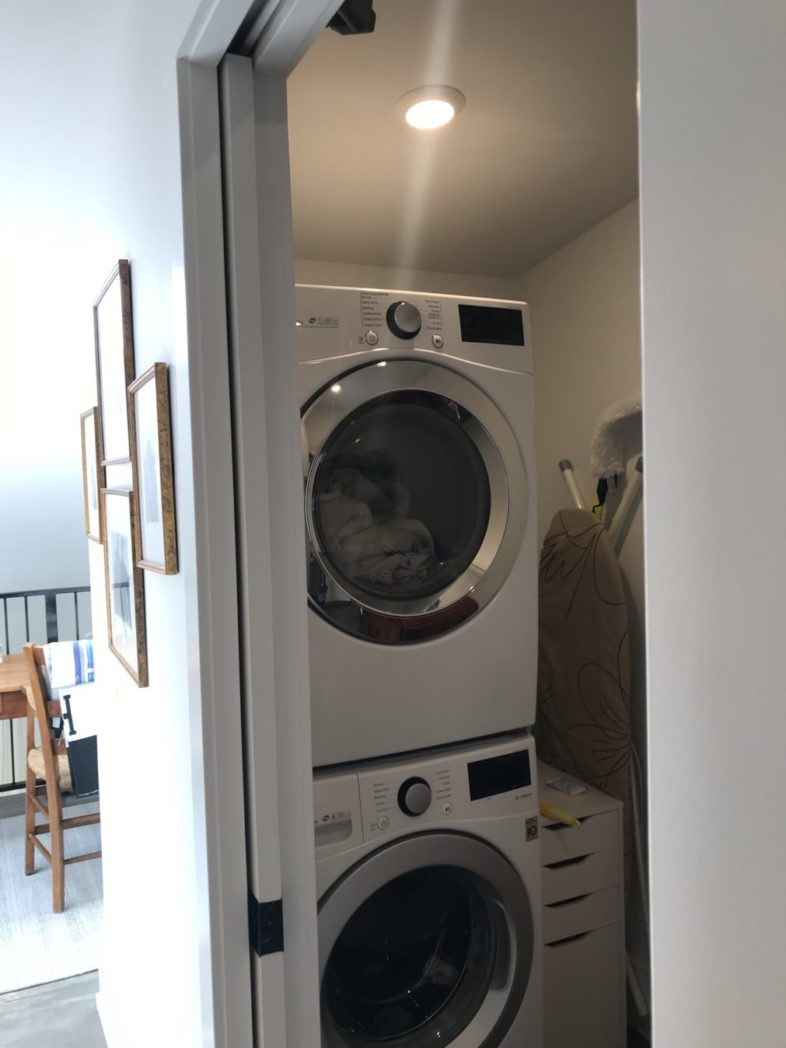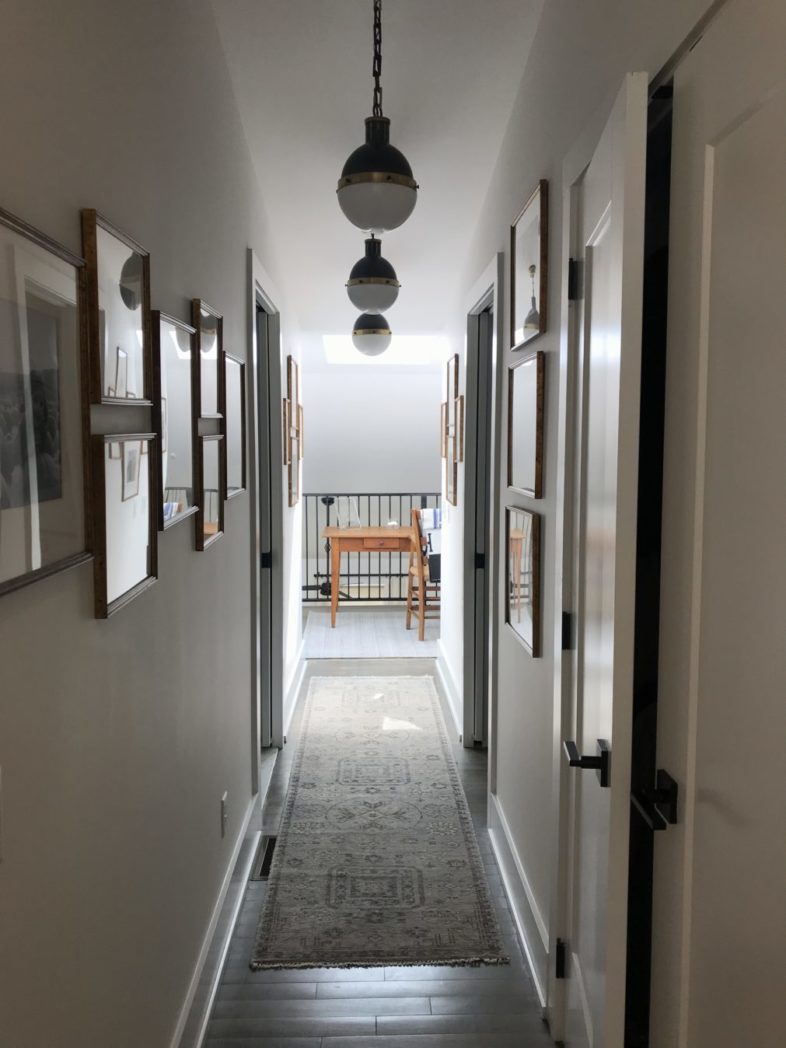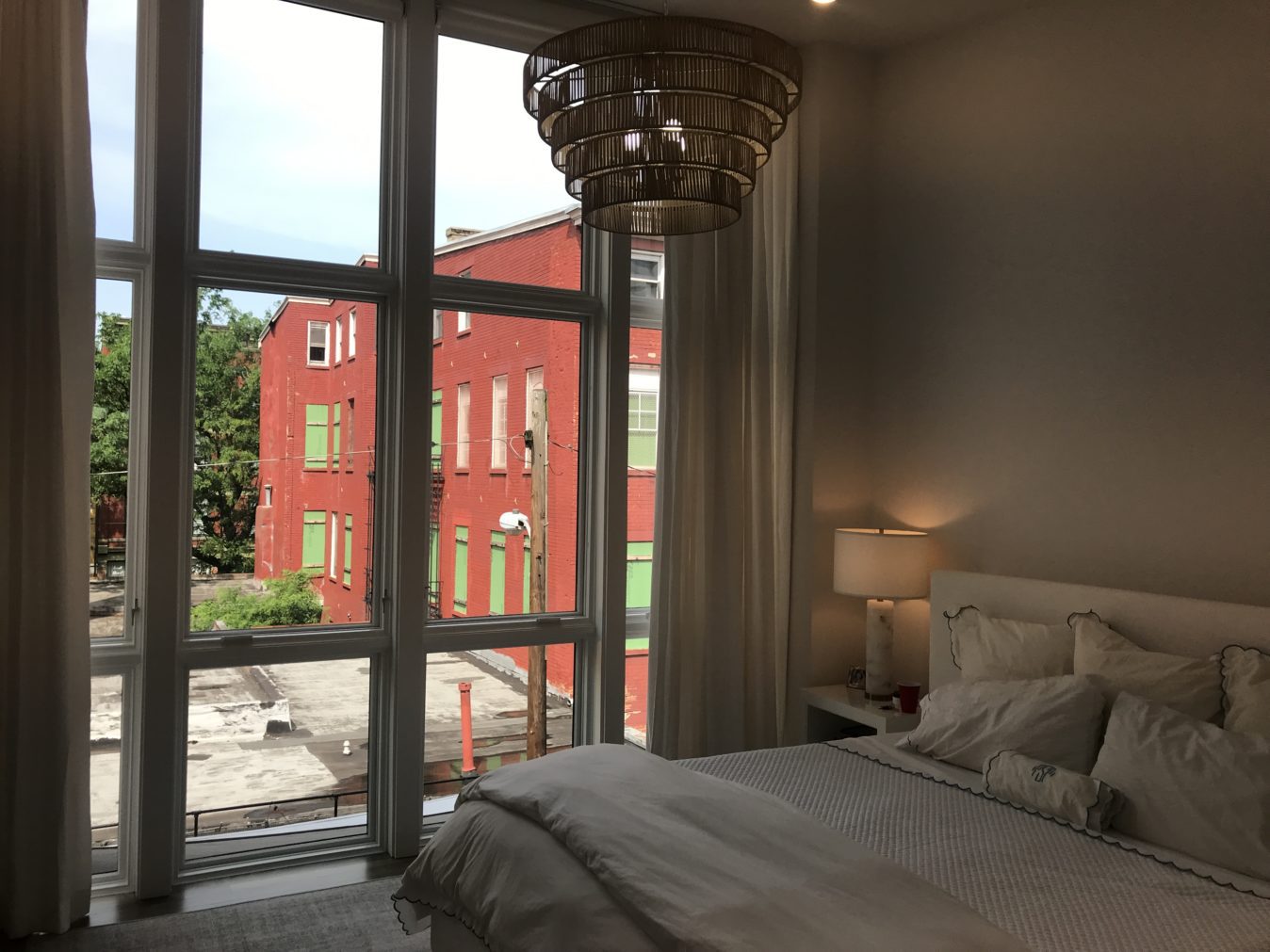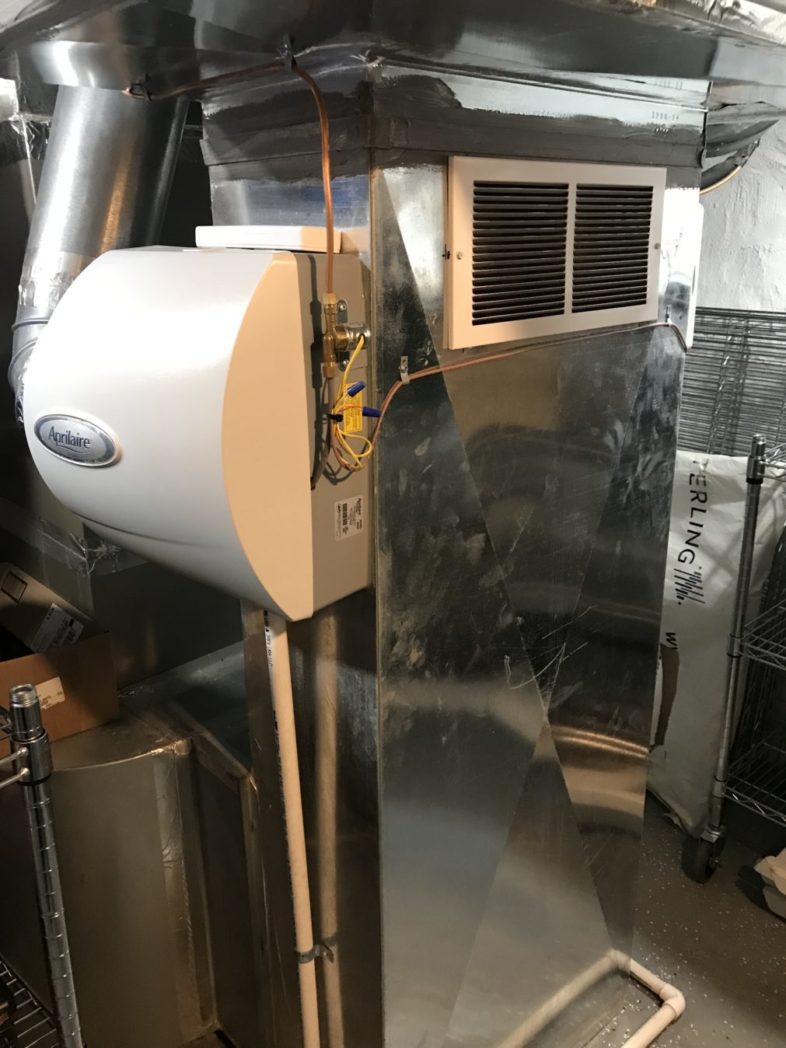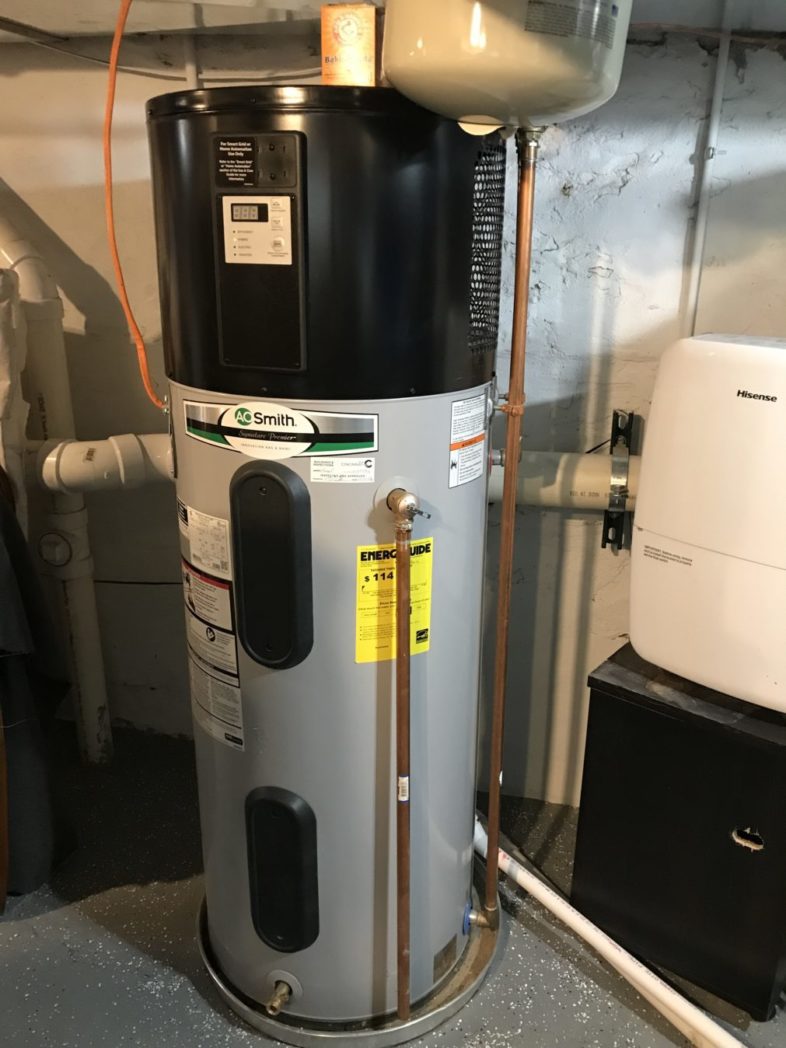by Chuck Lohre
My ancestors immigrated to Cincinnati 72 years ago and settled on Republic Street. Today, a new type of immigrant is transforming the Over-the-Rhine neighborhood.
A canal used to link the Ohio River and Lake Erie, on its final journey to the river, it passed right through the heart of Cincinnati’s large floodplain. The area to the north of the canal was called “Over-the-Rhine” in honor of the Rhine River which cut through the homeland of thousands of Germans that immigrated to Cincinnati in the mid-1800s as political refugees after the 1848 Revolution in the states of the German Confederation.
In 2002 the city started a 10-year tax abatement to encourage development in Cincinnati. In 2007 they added another five years if projects met LEED Certification. The Cincinnati Green Building Tax Abatement has led to population growth in all 52 neighborhoods because the additional five years “made the tax abatement the right amount of incentive to build in the city,” many developers have told me. Some home developers started only building homes in Cincinnati on nearly every available lot. Cincinnati’s population edged up to 309,317 residents in the 2020 Census, a 4.2% increase over 2010 and the first significant increase since 1950. In 2022 the early adopters of the U.S. Green Building Council’s (USGBC) Leadership in Energy and Environmental Design (LEED) certification in 2007 will start to pay their full share of property taxes on their structure after the 15-year tax abatement allowed for building in the city.
This 2659-sq.-ft. home is one half of a duplex gut rehab building on Republic Street. It has three bedrooms and no garage. Many of the new residents of OTR have had professional careers in downtown Cincinnati and after their children have gone off to college, decided to move and retire downtown. Two major forces changed the area – Founded in 2003, the Cincinnati Center City Development Corporation overseed the management of private loan funds targeted for downtown and urban redevelopment including the renovation of Fountain Square and Washington Park as well as many other key properties in downtown. These loans bridged the need between traditional lending institutions and the potential value of the renovated properties. The Cincinnati Bell Connector streetcar opened in 2016 and started an upscale wave of development all along its 3.6 mile route.
Cincinnati history of tax abatements
The current incentives that went into effect on January 1, 2022 stipulates owners must achieve LEED Silver to receive a tax break on the first $400,000 the structure’s value, LEED Gold $500,000, and $650,000 for those achieving LEED Platinum. Learn more about the tax abatements here https://green-cincinnati.com/cincinnatis-new-residential-cra-tax-abatement/
Certification level decision story
The LEED for Homes Rating System provides a basis for quantifying the benefits of green homes, thereby facilitating the widespread construction of more sustainable homes. One of the first steps in planning a LEED home is to adjust the certification thresholds based on the material and energy impacts. All else being equal, a large home consumes more materials and energy than a small home over its lifecycle. LEED compensates for these impacts by adjusting the thresholds for each award level. Thresholds for smaller-than-average homes are lowered, and thresholds for larger-than-average homes are raised. A home’s threshold for LEED Gold may be 72 credits. A 4,500-sq.-ft. home with five bedrooms would be about 85 credits.
In the end, the homeowner will have a well-built and third-party-certified home. Passing the blower door test alone is significant. Blower door tests are used to prove the air sealing quality of the construction. During the test, the home is depressurized to -50 Pascal and measurements are recorded throughout the home to verify that outside air isn’t leaking into the home at a rate higher than required. It proves the home won’t be drafty and uncomfortable. Contrary to those builders who tell homeowners that homes need to breathe for fresh air, it is much better to control the ventilation rather than allowing shoddy construction and leaky vapor barriers to supply fresh air to the home.
The LEED for Homes Certification system is broadly categorized into five parts that demonstrate measurable environmental benefits: Innovation and Design Process, Location and Linkages, Sustainable Sites, Water Efficiency, Energy and Atmosphere, Materials & Resources, Indoor Environment Quality and Awareness and Education. The following is a review of the features of this home according to the LEED for Homes system.
Prerequisites include building above the 100-year floodplain, not habitat for endangered species, built no closer than 100 feet to water or wetlands, land that wasn’t a public park and land that doesn’t have prime farmland, unique or soils of state significance. Excavated topsoil was reused; runoff was controlled, so it didn’t contaminate storm water sewers or erode hillsides.
Innovation and Design Process
The Innovation and Design Process section of LEED includes Integrated Project Planning, which maximizes opportunities for integrated, cost-effective adoption of green design and construction strategies.
A Preliminary Rating is arrived at as early as practical, they conducted a preliminary LEED for Homes meeting, with the participation of the key members of the project team and Green Building Consultants (the LEED for Homes Certification Provider) to target the level of LEED, select credits and assign the parties accountable.
At least one principal member was a Professional Credentialed with respect to LEED for Homes and that helped the process considerably.
Durability management process
The Innovation and Design Process section also includes the Durability Management Process, which promotes durability of the high-performance building enclosure, its components and systems through appropriate design, materials selection, and construction practices. Prior to construction, the project team will identify risks, responses regarding pests, storm damage and moisture control measures.
The home’s plans include the following features: No paper-backed backer board or carpet in tub, shower and spa areas, no carpet within three feet of the entryway, drain and drain pans for tank water heaters and clothes washers in or over living areas, and exhausting conventional clothes dryers directly to outdoors.
Durability Management requires that the builder have a quality management process in place to ensure installation. A third-party verified these durability conditions.
Innovation or regional design
The home incorporates additional green design and construction features with measurable environmental benefits. This home received four points for Innovation or points considered significant for our Region in the Midwest.
Location and Linkages
Location and Linkages include site selection, which is a very important aspect of sustainable homes. This home isn’t in a floodplain or built within 100 feet of water or wetlands. The infill site with existing infrastructure didn’t replace prime farmland or parkland and build on habitat or threatened or endangered species. There was no excavation on site.
Preferred location guidelines encourage the building of LEED homes near or within existing communities. This project was an infill site, which means at least 75 percent of the perimeter immediately borders previously developed land. It was built on a previously developed lot and uses Existing Infrastructure because it is within a half mile of existing water and sewer lines.
Community Resources / Transit
Community Resources / Transit require it to locate close to basic resources such as arts and entertainment center, bank, convenient store, daycare, fire station, cleaner, library, pharmacy, places of worship and schools. This home achieved Outstanding Community Resources / transit because it is within one-quarter mile of 11, one-half mile of 14 basic resources such as arts and entertainment center, bank, convenient store, daycare, fire station, cleaner, library, pharmacy, places of worship and schools. And it has at least 60 transit rides available nearby per weekday.
Access to open space
The highly desired urban location encourages walking, physical activity, and time spent outdoors. It’s located within ½ mile of a ¾ acre of a public open space.
Sustainable Sites
Although the focus of green building is typically on the built structures located on a site, the design of the site and its natural elements can have a significant environmental impact. A minimum of 5 points are required, this project received 5.5.
Site Stewardship
Site clearing and earth moving can contribute to considerable runoff, leading to soil erosion and alteration of natural drainage patterns both on and off-site. The site required no excavation and met this prerequisite. The Minimizing Disturbed Area of Site credit is automatically granted to high-density construction, in recognition of the fact that compact development enables communities to set aside land for conservation. The existing footprint eliminated drainage pattern changes and disturbance. There was no vegetation to preserve.
Landscaping
The Sustainable Sites category of credits includes landscaping but there is no landscaping with this project thus no invasive plants were introduced, which is a prerequisite.
Local Heat Island Effects
The home’s footprint includes no concrete pad or significant sidewalk area so it didn’t get any points for light-colored concrete with a solar reflectance index (SRI) of at least 29.
Surface Water Management
The impermeable lot has no permanent erosion controls on site and thus no management of roof run-off. No points were received for this.
Nontoxic Pest Control
The home integrated nontoxic pest control methods by sealing external cracks, joints, etc. with caulking and installed pest–proof screens. There are no wood-to-concrete connections. Typically, all cellulosic (wood type) material is treated with borate product to 3′ above foundation as an additional pest control measure.
Compact Development
LEED encourages use of compact development patterns on buildable land to conserve land and promote community livability, transportation efficiency and walkability. This residence is located in a High-Density area with an average housing density of 10 or more dwellings per acre of buildable land.
Water Efficiency
Water Efficiency is a very important category of LEED. It includes water reuse, which is demonstrated by a rainwater harvesting system but this project doesn’t take advantage of this credit or the one for irrigation.
Indoor water use
Very high-efficiency fixtures and fittings were specified for this home with an average flow rate is 1.7 gallons per minute, and 1 gallons per flush.
Energy & Atmosphere
Data from the homebuilding industry indicate that roughly 1.5 million new homes are built each year and that the average size of new homes has doubled in the past 50 years. As a result, total U.S. fossil fuel use in homes has been steadily increasing. The average American consumes five times more energy than the average global citizen, ten times more than the average Chinese person, and nearly 20 times more than the average Indian.
The Optimize Energy Performance prerequisite requires meeting or exceeding the performance of an Energy Star labeled home standard. This home received 17 out of 34 additional points by demonstrating Exceptional Energy Performance. The home uses a heat exchanger water heater that doesn’t use fossil gas, helping to lower its contribution to global warming caused by burning fossil fuels.
Residential refrigerant management
A prerequisite is for no ozone damaging HCFC refrigerants to be used in the air conditioning system.
Materials and Resources
The choice of building materials in important for sustainable homebuilding because of the extraction, processing, and transportation they require. Activities to produce building materials may pollute the air and water, destroy natural habitats and deplete natural resources. Construction and demolition wastes constitute about 40% of the total solid waste stream in the United States.
The Material-Efficient Framing prerequisite included meeting the Framing Order Waste Factor Limit.
Another prerequisite specifies that if Forest Stewardship Certified tropical wood was used, the country of origin was requested for each wood product. A species is considered tropical if it is grown between the Tropics of Cancer and Capricorn.
The project received five points out of possible eight for Environmentally Preferable Products, which means the home’s material selections increased demand for environmentally preferable products and products or building components that are extracted, processed, and manufactured within the region.
Waste management practices require projects to reduce waste generation to a level below the industry norm. Construction Waste Management Planning investigated and documented local options for diversion and measured it, which resulted in diverting at least 25 percent or more from landfills.
Indoor Environmental Quality
Americans spend an average 90 percent of their time indoors, where levels of pollutants may run two to five times – and occasionally more than 100 times – higher than outdoors, according to the U.S. Environmental Protection Agency. Many of the pollutants found indoors can cause health reactions in the estimated 17 million Americans who suffer from asthma and 40 million who have allergies, contributing to millions of days absent from school and work.
Combustion venting
Indoor Environmental Quality requires combustion venting as a prerequisite which limits the leakage of combustion gases into the occupied space of the home. Indoor environmental quality included no unvented combustion appliances, carbon monoxide detectors in rooms that share a door with the garage; all fireplaces have doors, and space/water-heating equipment is designed with closed combustion. This home’s Enhanced Combustion Venting Measures means fireplace design has back-draft prevention, behind glass doors, and catalytic converters.
Moisture Load Control
Controlling indoor moisture levels to provide comfort, reduce risk of mold and increase the durability of the home is part of the moisture load control. They installed dehumidification equipment capable of maintaining humidity at or below 60 percent. They meet ASHRAE Standards and only exhaust air to the outdoors, not the attic or interstitial spaces.
Outdoor Air Ventilation
The home reduces occupant exposure to indoor pollutants by ventilating with outdoor air. Prerequisites included bathroom and kitchen exhausts meeting ASHRAE Standard 62.2 airflow requirements, air is exhausted to outdoors by an Energy Star labeled bathroom exhaust. The home also included enhanced combustion venting measures. Third-party performance testing was performed to verify proper installation.
Local Exhaust
LEED Homes reduce moisture and exposure to indoor pollutants in kitchens and bathrooms by meeting ASHRAE Standards and only exhaust air to the outdoors, not the attic or interstitial spaces. Enhanced local exhaust uses occupancy sensors, automatic humidistat controller, and automatic timer or continuous fan. It included third-party performance testing.
Distribution of Space Heating and Cooling
There is appropriate distribution of HVAC in the home to improve thermal comfort and energy performance. Room-by-room load calculations ensured ducts are designed accordingly. A typical home which has improved the distribution of space heating and cooling includes a return air opening of 1 square inch per cfm of supply and continuous supply airflow rates in each room tested and confirmed.
Air Filtering
Very high performance, MERV 13, filters were installed.
Contaminant Control
The design allows for contaminant control, which includes space for shoe removal and storage near the primary entryway. A preoccupancy flush was performed to rid the home of contaminants that built up during the construction process.
Radon protection
Radon testing was done, and controls put into place if needed.
Garage Pollutant Protection
The home received five credits because it minimized garage pollutants inside the home, the garage is detached.
Awareness and Education
Some homebuyers may know very little about green home construction. They may be unaware of the green features in the home, or they may be unfamiliar with how to use and maintain them. Without adequate training, the full benefits of the LEED measures likely will not be achieved.
Education of the Homeowner
These homeowners will receive an operator and training manual as well as a one-hour walkthrough. They’ll also receive the LEED checklists and forms, manufacturer’s manuals and cleaning and maintenance guidance. Finally, they received two hours of enhanced training.
The Public Awareness credit includes this article as part of the LEED Certification. It will be published online at Green Cincinnati Education Advocacy and the local USGBC’s Chapter site once certified. LEED signage was posted on the site.
If you are interested in builder and the LEED “Provider” of this LEED home, contact:
Greg Cole
The Acanthus Group
14 W 15th St.
Cincinnati OH 45202
P. 513.604.9369
E. [email protected]
www.theacanthusgroup.com
Green Building Consulting
1435 Vine St., 2nd Floor
Cincinnati OH 45202
P. 513.381.1470
E. [email protected]
www.greenbldgconsulting.com
If you would like to tour some LEED homes in Cincinnati, we suggest you join the Ohio USGBC Chapter and attend their home tours and meetings.


